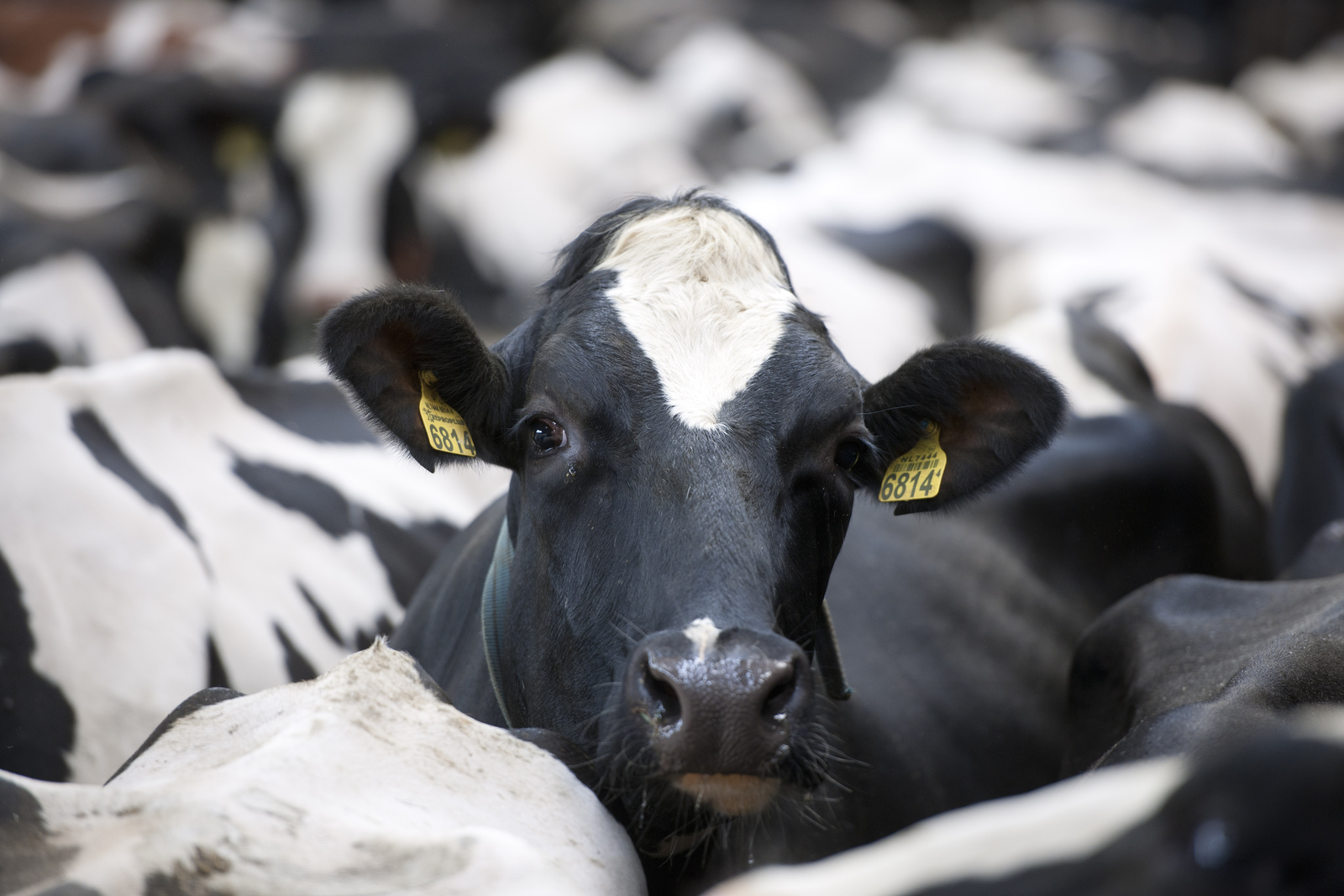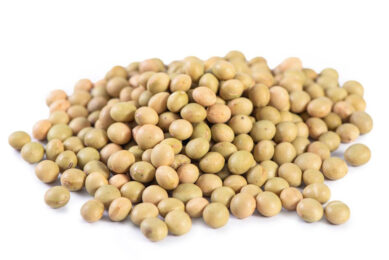Feeding isoflavones to dairy cattle

When dairy cows are fed with an isoflavone-enriched feed, it increases equol, a metabolite of isoflovones, in the milk. This was concluded from a study, conducted by Masaryk University in Czech Republic.
Isoflavones (or phytoestrogens) are polyphenolic, nonsteroidal, secondary plant metabolites that possess estrogenic properties. They are found in small amounts in a number of legumes, grains, and vegetables, but soybeans are by far the most concentrated source of isoflavone.
Producing equol in milk
In this particular study, the researchers compared the effects of 2 diets containing different isoflavone concentrations on the isoflavone transfer from feed into milk and on the rumen microbiota in lactating dairy cows.
The researchers were interested to see how much equol was found in the milk, after the cows received the soybean isoflavone extract in their diet. Equol is a predominant bacterial metabolite of isoflavones and can be found at various concentrations in some foods of animal origin, especially in cow´s milk where the rate of equol excretion depends largely on metabolism in the rumen which is tightly connected to bacterial composition. Equol in turn is of interest to use in human diets for people who are not able to produce this substance. Only approximately 30–40% of humans can produce equol.
Trial in lactating cows
To do so, an on-farm experiment was conducted on 12 lactating Czech Fleckvieh x Holstein cows. The animals were divided into 2 groups, each with similar mean milk yield. Twice a day, cows were individually fed a diet based on maize silage, meadow hay and supplemental mixture. Control group (CTRL) received the basal diet while the experimental group (EXP) received the basal diet supplemented with 40% soybean isoflavone extract. The average daily isoflavone intake in the EXP group (16 g/day) was twice as high as that in the CTRL group (8.4 g/day). The extract did not influence the palatability of the diet.
Results
The intake of dry matter and other nutrients did not differ between groups, however CTRL cows tended to have higher intake of dry matter in comparison to EXP cows. Supplementation of the basal diet with 40% soybean extract increased the average daily intake of isoflavones in the EXP group nearly twofold. Total isoflavone concentrations in milk from the CTRL and EXP groups were 96.89 and 276.07 μg/L, respectively. Equol concentrations in milk increased from 77.78 μg/L in the CTRL group to 186.30 μg/L in the EXP group. The total isoflavone transfer from feed into milk was low in both the CTRL and EXP groups with values of 0.29 and 0.39 μg/mg, respectively. Regarding the rumen: The pH and ammonia content were not affected by the supplemental treatment. Total isoflavone concentrations in EXP cows was more than 2 times higher than in CTRL cows (784.33 and 359.67 μg/L, respectively.











